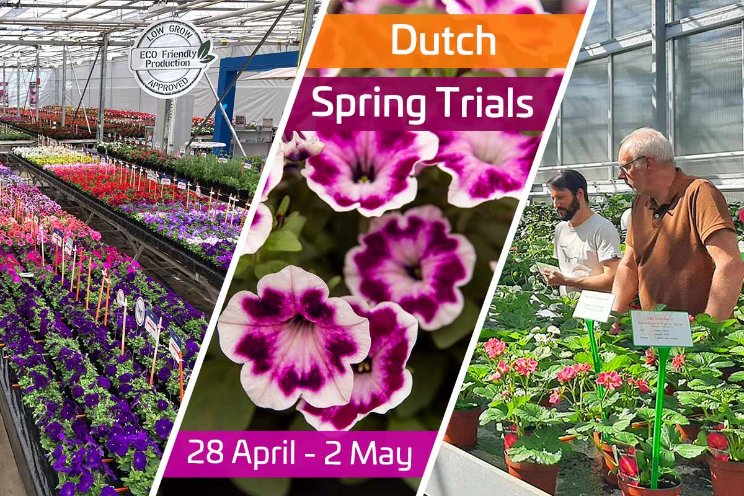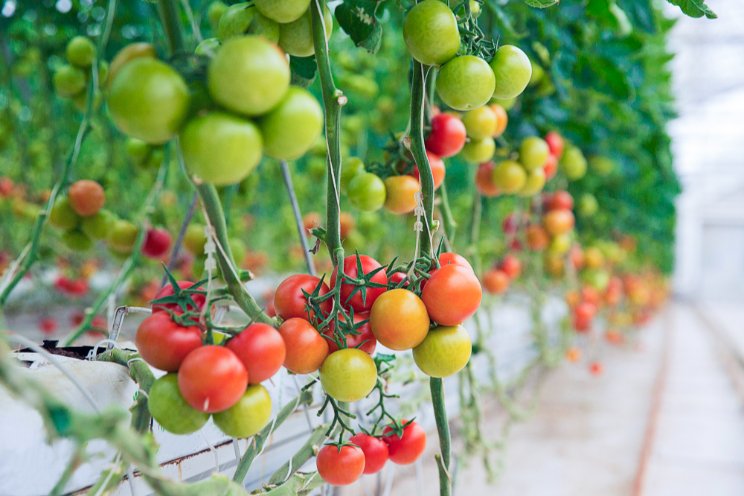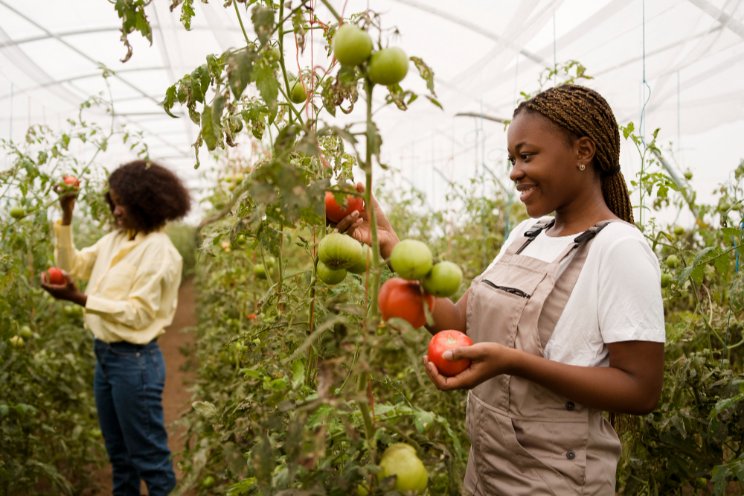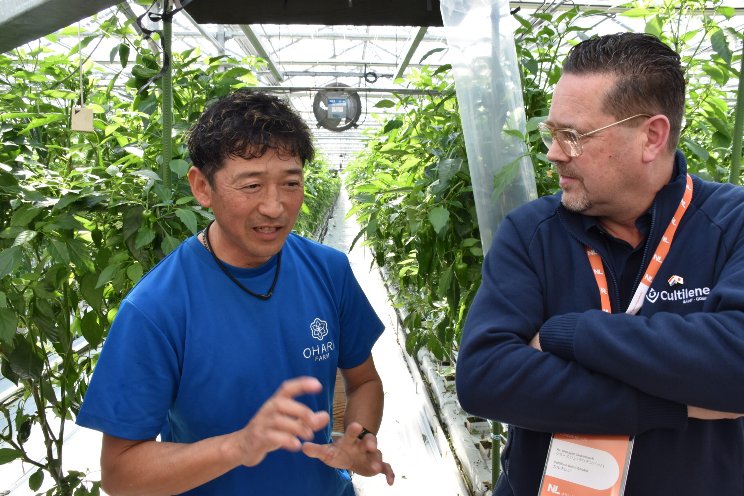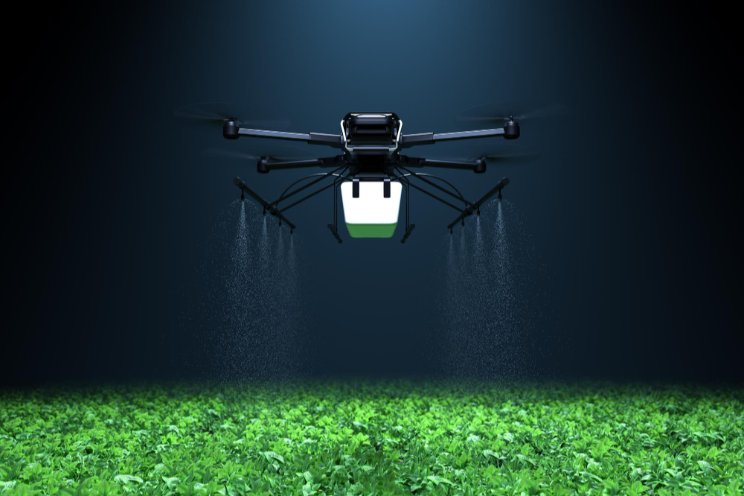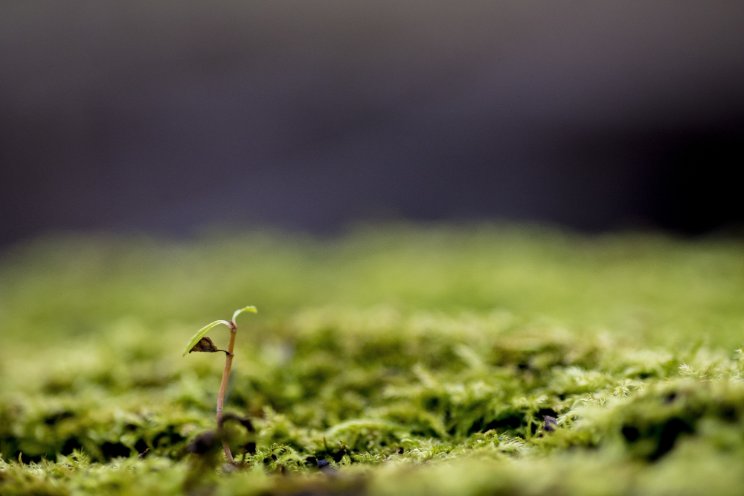We are all somewhere on a spectrum
Added on 09 January 2023

We know light exerts a powerful influence on plant growth. These effects can range anywhere from seed germination to leaf expansion and from flowering to fruiting. But, did you know it’s not only plants that benefit from changes caused by light? Human health can also be boosted by light induced changes in the fruits and vegetables we eat. These systems are interconnected. Read on to find out how CEA farmers could hold the key to both higher crop yields and better human health through the smart use of spectral low intensity LEDs.
Color Survival
As humans we cannot survive without food, water, air, or shelter. Some maybe curious to go further in asking what’s the point in just surviving if you don’t live a healthy, and colorful life. So, what do we really mean by a colorful life? Perhaps the ‘joie de vivre’ could be loosely defined by variety, intensity, and vibrancy in our lives. The similarity to the definition of color, is patently obvious, correlating with chroma, value and hue. We want to show you how interconnected and highly dependent we are on light and color in growing fruitful crops with health promoting factors (aka; Natural products/Specialized Metabolites).
As farmers in CEA we are at the forefront of lighting technology, pushing the boundaries of understanding in the requirement to produce the best quality crops with the greatest impact on our health. Often we are told to ‘eat the rainbow’ in order to provide a range of nutrients for health. With this in mind it is even more important than ever for growers to use their knowledge and appropriate technology to increase their value proposition with efficient growing and marketing of their products.
What are the elements that make up color?
We see the world in a multi coloured spectrum of reflected light wavelengths. Of course ‘visible’ light is only a small part of the wide spectrum which as a whole also includes ultraviolet, and far red wavelengths. Structures called cones (rods are used for night vision and low photon light) in the back of our eyes refract visible light like a prism below to send a signal to our brains which helps us distinguish colors. Most often in life we see visible light split into its constituents when a rainbow forms and electrons are diffracted through raindrops. How much color is relevant and used by a given plant, we aim to find out.
Image Courtesy of Urban Ag News
More news
